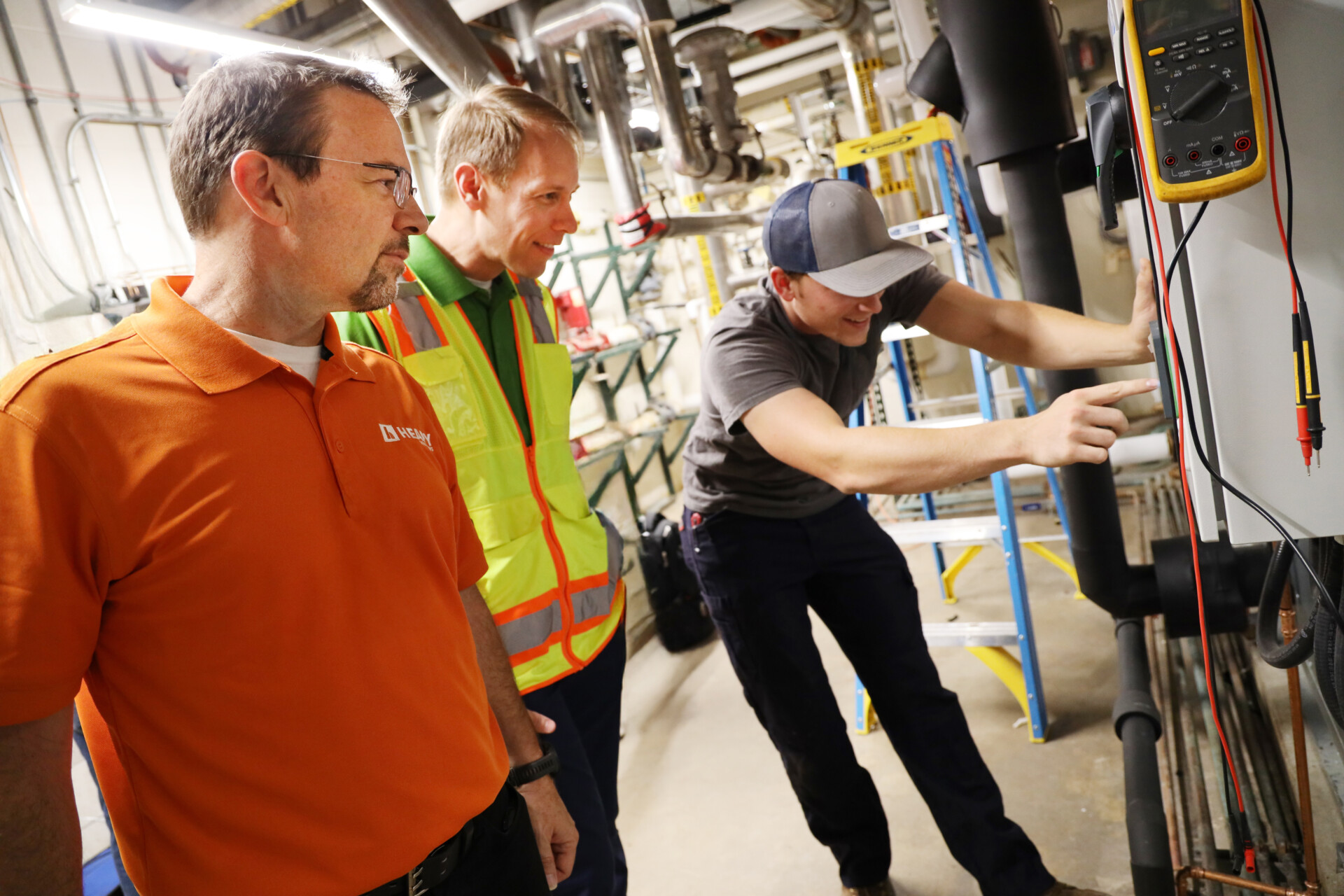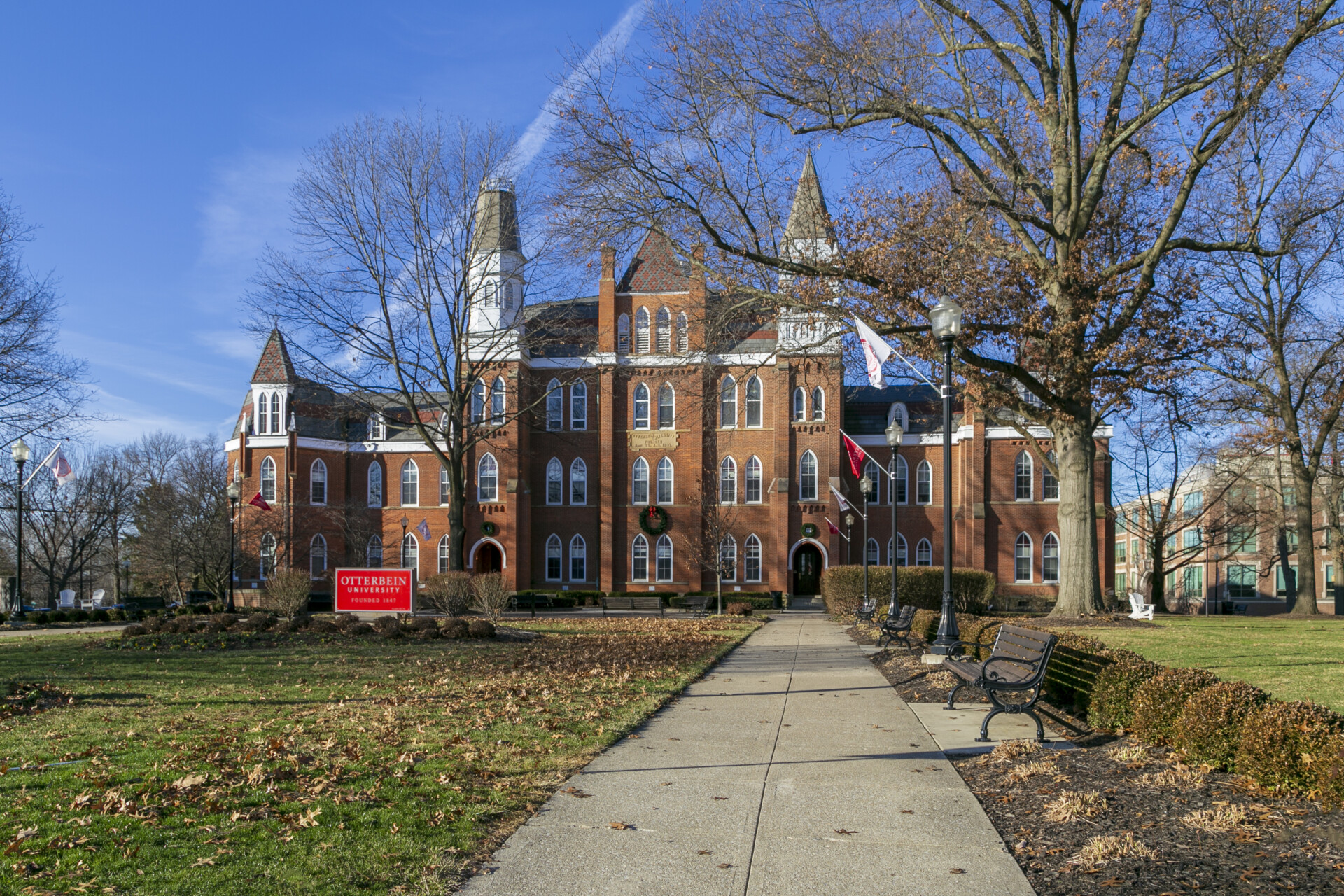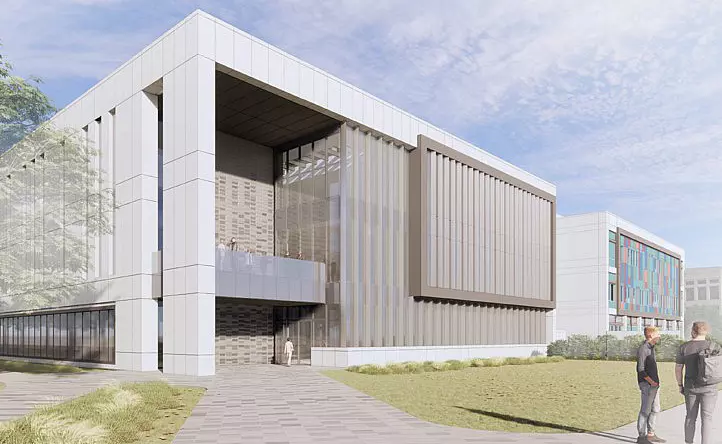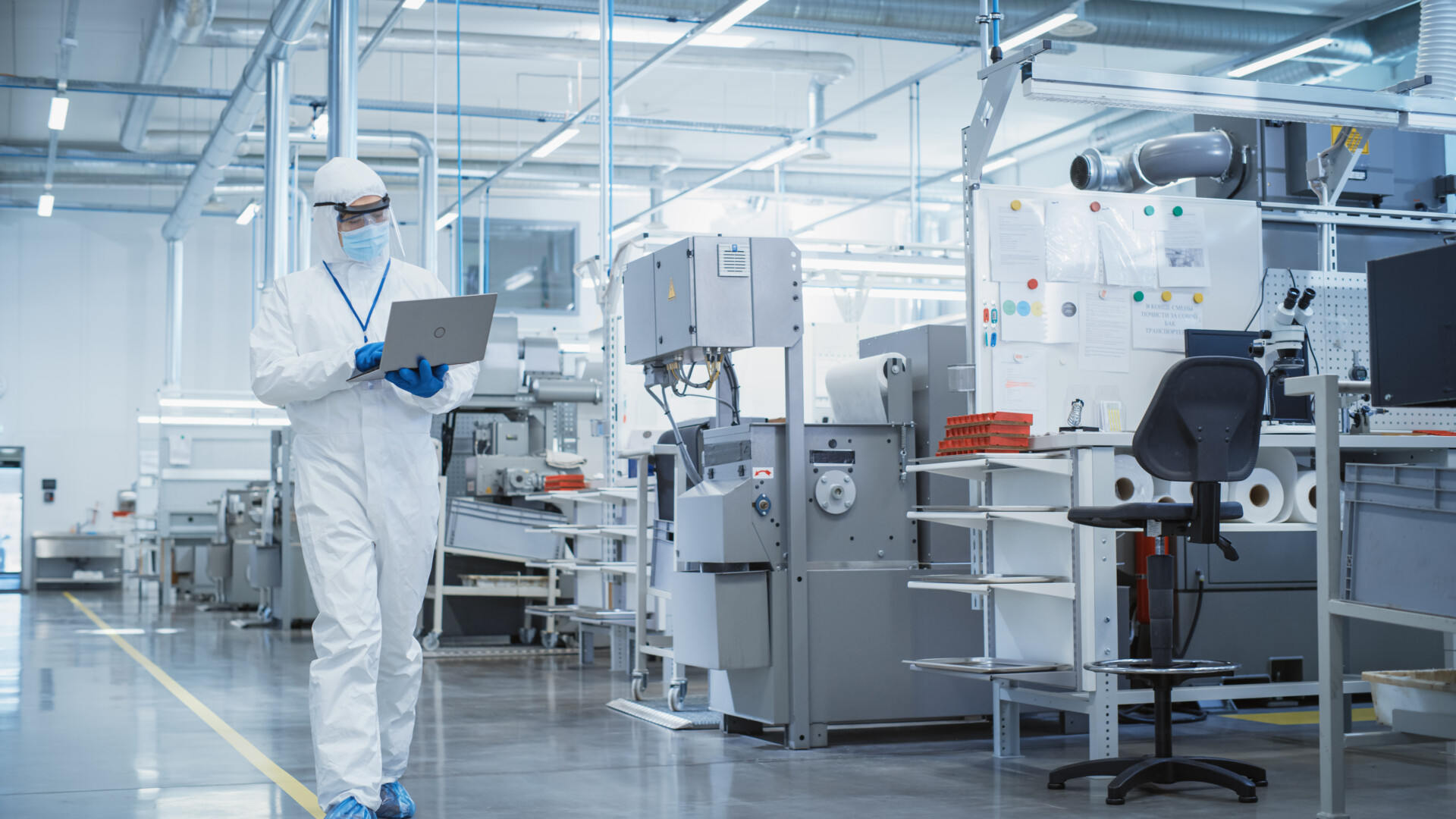University of Dayton Sherman-Wohlleben
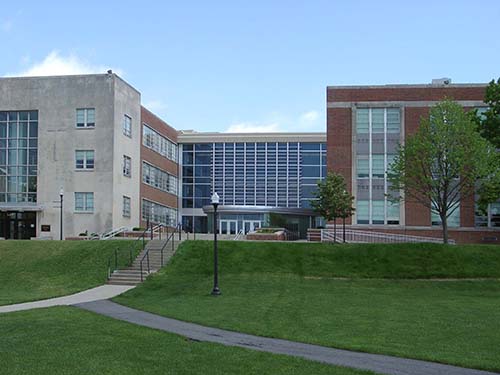
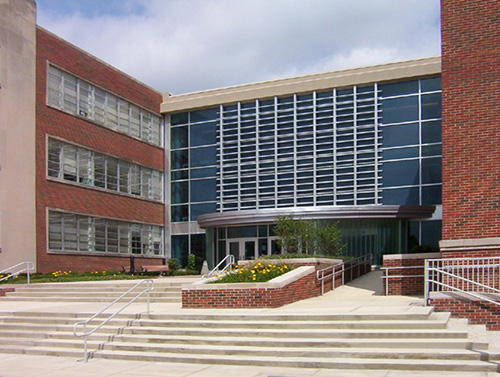
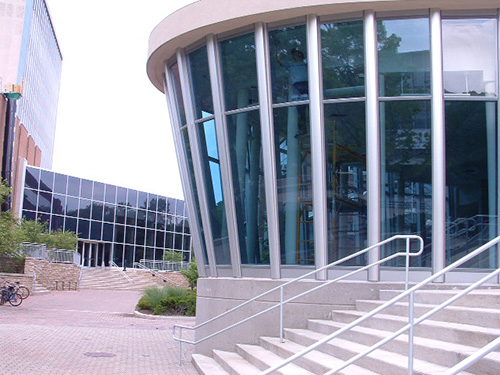
Cost $66,450
Size 223,000 SF
HEAPY was engaged to perform a retro-commissioning study of the Science Center at the University of Dayton with the goal of identifying opportunities to optimize building system operations and maximize energy performance. The focus of this effort was based around laboratory fume hood systems, mechanical/HVAC air handling units and zone terminal units, and the building chilled water plants. The retro-commissioning effort and utility analysis uncovered several areas where energy could be conserved.
The University of Dayton Science Center is composed of three building that have been connected over a series of renovations and additions. Sherman Hall, located to the west, consists of four floors, with a mix of biology labs, psychics, mathematics classrooms and professor’s offices. Wohlleben Hall located to the east consists of classrooms, chemistry and other assorted labs, and department offices. The Science Center addition, filling in the space between the buildings, was constructed in 2012 and houses a lecture hall, new modern science labs, common learning areas, and large atrium. The Science Center campus is approximately 223,000 SF, with nearly 40% of the area accounted for as lab space with the remaining 60% classrooms, offices, and lecture halls.
The electricity savings goal for the study was established during the application process at 314,000 kWh per year. The Retro-Commissioning analysis uncovered 406,800 kWh of potential savings with a payback of 24 months or less, and an additional 296,000 kWh of further energy savings potential. Additionally, 51,400 therms of natural gas savings have been identified with a 24 month or less payback, and an additional 49,000 therms with a payback greater than 24 months.
Overall, HEAPY identified over $80,000 in potential annual energy cost savings. By implementing all the recommendations, the Science Center may reduce its annual electricity consumption by an estimated 10%.
